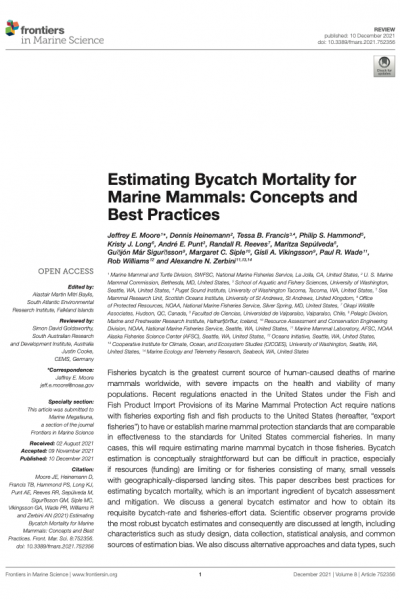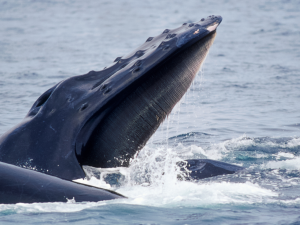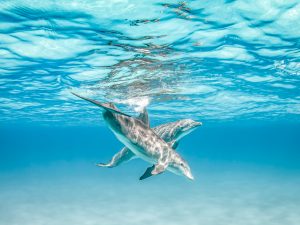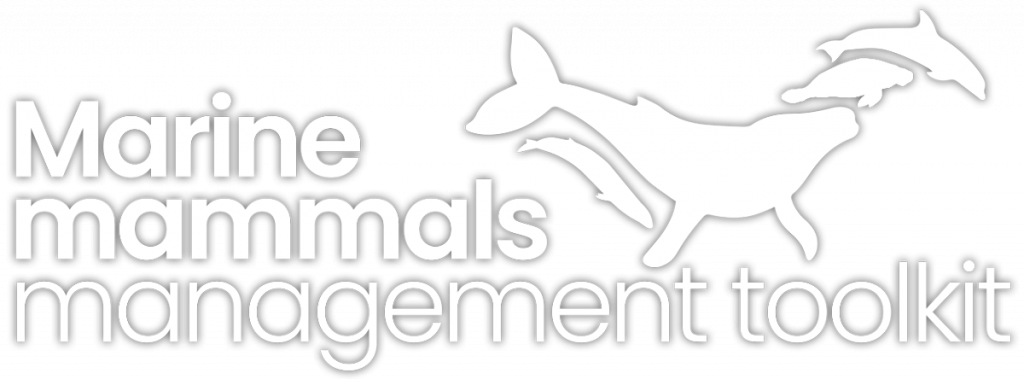Fisheries bycatch is the greatest current source of human-caused deaths of marine mammals worldwide, with severe impacts on the health and viability of many populations.
Recent regulations enacted in the United States under the Fish and Fish Product Import Provisions of its Marine Mammal Protection Act require nations with fisheries exporting fish and fish products to the United States (hereafter, “export fisheries”) to have or establish marine mammal protection standards that are comparable in effectiveness to the standards for United States commercial fisheries. In many cases, this will require estimating marine mammal bycatch in those fisheries. Bycatch estimation is conceptually straightforward but can be difficult in practice, especially if resources (funding) are limiting or for fisheries consisting of many, small vessels with geographically-dispersed landing sites.
A new study describes best practices for estimating bycatch mortality, which is an important ingredient of bycatch assessment and mitigation. The researchers discuss a general bycatch estimator and how to obtain its requisite bycatch-rate and fisheries-effort data. Scientific observer programs provide the most robust bycatch estimates and consequently are discussed at length, including characteristics such as study design, data collection, statistical analysis, and common sources of estimation bias.
Moreover, alternative approaches and data types, such as those based on self-reporting and electronic vessel-monitoring systems are discussed. The authors intend for this guide to be useful to managers and scientists in countries having or establishing programs aimed at managing marine mammal bycatch, especially those conducting first-time assessments of fisheries impacts on marine mammal populations.









